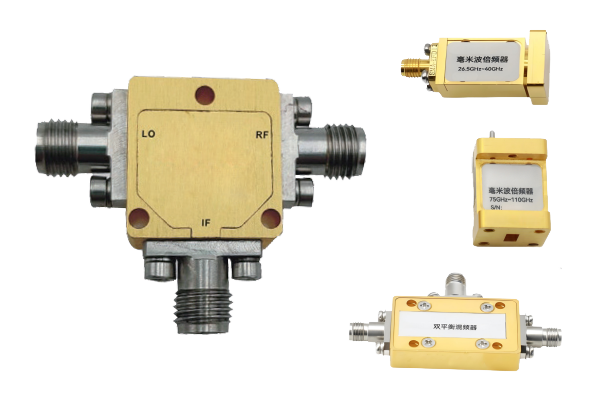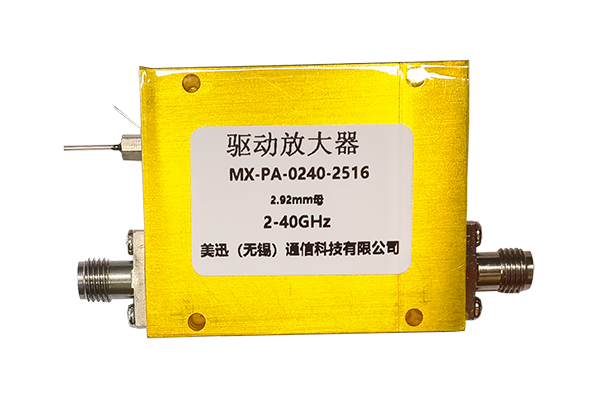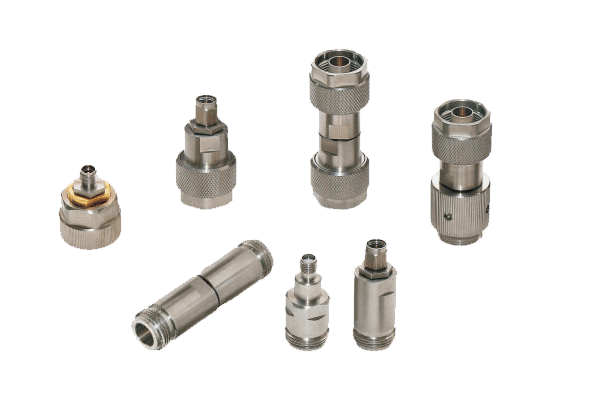
Pin diodes have become a crucial element in high-frequency systems because of their innate electrical traits Their rapid transition between on and off states together with minimal capacitance and low insertion loss suits them for switching modulation and attenuation roles. The operative principle for PIN diode switching centers on bias-controlled current modulation. The control voltage varies the depletion region dimensions at the junction and thereby alters conductive behavior. Bias adjustment yields effective PIN diode switching suitable for high-frequency use with limited distortion
Where timing precision and control matters PIN diodes get implemented into high-level circuit systems They may be applied in RF filtering arrangements to selectively pass or reject particular frequency bands. Their strong signal handling properties make them practical for amplifier power divider and signal generation uses. The push for compact efficient PIN diodes has led to broader use in wireless communications and radar systems
Analyzing the Performance of Coaxial Switch Designs
Designing coaxial switches involves a delicate process that must account for many interrelated parameters Performance depends on which switch style is used the operational frequency and insertion loss performance. A good coaxial switch design aims to minimize insertion loss and maximize isolation across ports
Performance studies concentrate on return loss insertion loss and isolation measurements. Assessment employs simulation, analytical modeling and experimental measurement techniques. Reliable operation of coaxial switches demands thorough and accurate performance analysis
- Coaxial switch analysis typically employs simulation tools, analytical techniques and experimental procedures
- Temperature fluctuations impedance mismatch and manufacturing inconsistencies can strongly alter switch performance
- New advances trends and innovations in coaxial switch engineering aim to enhance performance metrics while cutting size and power consumption
Design Strategies for Low Noise Amplifiers
Optimization of LNA gain efficiency and overall performance is critical to achieve excellent signal preservation It necessitates thoughtful transistor selection bias configuration and circuit topology planning. A strong LNA design reduces noise contribution and boosts signal amplification with minimal distortion. Analytical and simulation tools are vital for studying how design variations affect noise. Securing a low Noise Figure indicates superior capability to amplify while adding little noise
- Picking transistors known for minimal noise contribution is essential
- Implementing suitable and optimal bias conditions helps minimize transistor noise
- The chosen circuit topology plays a major role in determining noise behavior
Using impedance matching noise cancelling structures and feedback control optimizes LNA function
Radio Frequency Path Routing with Pin Diodes

Pin diode switches provide a versatile and efficient approach for routing RF signals across applications Such semiconductor switches toggle quickly between states to permit dynamic control of signal routes. The low insertion loss and high isolation of PIN diodes help maintain signal integrity during switching. They find use in antenna selection systems duplexers and phased array antennas
Control voltages alter the diode resistance which in turn dictates switching operation. While in the off state the diode creates a high impedance path that blocks the signal flow. A positive bias drives the diode into lower resistance so RF energy can pass through
- Furthermore additionally moreover pin diode switches deliver fast switching speeds low power use and compact footprints
Different architectures and configurations of PIN diode switch networks enable complex routing capabilities. Arranging multiple switches in networked matrices enables flexible routing and dynamic configuration
Evaluation of Coaxial Microwave Switch Performance

Comprehensive testing evaluation and assessment of coaxial microwave switches ensure optimal performance in systems. Numerous various and diverse factors influence switch performance such as insertion reflection transmission loss isolation switching speed and bandwidth. Comprehensive assessment includes testing these parameters under multiple operating environmental and test scenarios
- Additionally the evaluation should incorporate reliability robustness durability and capacity to handle severe environmental conditions
- Ultimately the conclusions of a detailed evaluation deliver important valuable critical intelligence for choosing designing and refining switches for specific tasks
Thorough Review of Noise Reduction Methods for LNAs
Low noise amplifier designs are vital to RF wireless systems for amplifying weak signals and controlling noise. This review presents a thorough examination analysis and overview of noise mitigation strategies for LNAs. We analyze investigate and discuss main noise origins such as thermal shot and flicker noise. We also cover noise matching feedback network techniques and ideal bias strategies to mitigate noise. The review highlights recent progress in LNA design including new semiconductor materials and circuit concepts that lower noise figures. By giving a clear understanding of noise reduction principles and practices this article aims to assist researchers and engineers in developing high performance RF systems
High Speed Switching Roles of PIN Diodes

PIN diodes’ unique remarkable and exceptional behavior makes them appropriate for fast switching systems Small capacitance together with low resistance enables rapid switching to satisfy precise timing needs. Their proportional voltage response enables controlled amplitude modulation and reliable switching behavior. Their adaptability flexibility and versatility qualifies them as suitable applicable and appropriate for broad high speed uses Typical domains include optical communication systems microwave circuitry and signal processing hardware and devices
IC Based Coaxial Switch and Circuit Switching Technologies
IC based coaxial switch technology advances signal routing processing and handling in electronic systems circuits and devices. These specialty ICs are engineered to control manage and direct signal flow through coaxial cables offering high frequency performance and low latency propagation insertion times. IC miniaturization enables compact efficient reliable and robust designs ideal for dense interfacing integration and connectivity needs
- By meticulously carefully and rigorously applying these methods developers can produce LNAs with superior noise performance enabling sensitive reliable electronics By meticulously carefully and rigorously applying these methods developers can produce LNAs with superior noise performance enabling sensitive reliable electronics By carefully meticulously pin diode switch and rigorously applying these approaches designers can realize LNAs with outstanding noise performance enabling sensitive reliable electronic systems By meticulously carefully and rigorously adopting these practices designers can deliver LNAs with excellent noise performance supporting reliable sensitive systems
- Use cases include telecommunications data communications and wireless network infrastructures
- Aerospace defense and industrial automation are key domains for integrated coaxial switch technology
- IC coaxial switching finds roles in consumer electronics audio visual equipment and test and measurement tools
Designing LNAs for Millimeter Wave Frequencies

At mmWave frequencies LNAs must contend with greater signal attenuation and intensified influence from noise sources. At millimeter wave ranges parasitics dominate so meticulous layout and selection of components is essential. Minimizing mismatch and maximizing gain remain critical essential and important for mmWave LNA performance. Device selection including HEMTs GaAs MESFETs and InP HBTs plays a decisive role in attaining low noise figures at mmWave. Moreover additionally furthermore the development implementation and tuning of matching networks plays a vital role in ensuring efficient power transfer and impedance match. Managing package parasitics is required to avoid degradation in mmWave LNA operation. Applying low loss transmission lines and meticulous ground plane design is essential necessary and important to lower signal reflection and keep bandwidth
Modeling Strategies for PIN Diode RF Switching
PIN diodes serve as important components elements and parts within a variety of RF switching applications. Precise accurate and detailed characterization of such devices is essential for designing developing and optimizing reliable high performance circuits. It consists of analyzing evaluating and examining electrical voltage current characteristics including resistance impedance and conductance. Also measured are frequency response bandwidth tuning abilities and switching speed latency or response time
Additionally moreover furthermore the development of precise models simulations and representations for PIN diodes is critical essential and vital for predicting behavior in complex RF contexts. Different modeling methods like lumped element distributed element and SPICE models exist. Which model simulation or representation to use depends on the particular application requirements and the expected required desired accuracy
Advanced Strategies for Quiet Low Noise Amplifier Design
LNA engineering calls for careful topology and component selection to meet stringent noise performance goals. Recent advances in semiconductor tech have unlocked innovative groundbreaking sophisticated LNA design techniques that diminish noise greatly.
Examples of techniques are implementing employing and utilizing wideband matching networks choosing low noise transistors with strong intrinsic gain and optimizing biasing schemes strategies and approaches. Additionally advanced packaging and thermal management practices are critical for minimizing external noise influences. Through careful meticulous and rigorous application of such methods engineers can design LNAs with top tier noise performance enabling dependable sensitive systems
